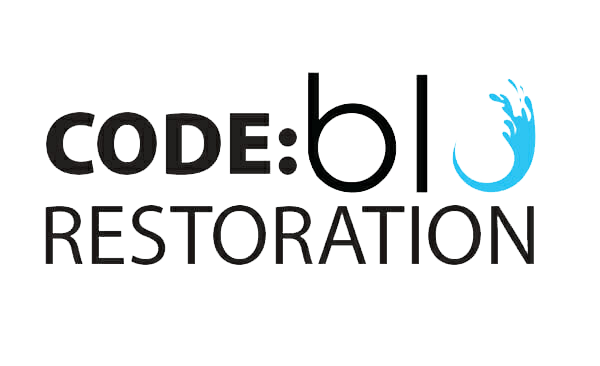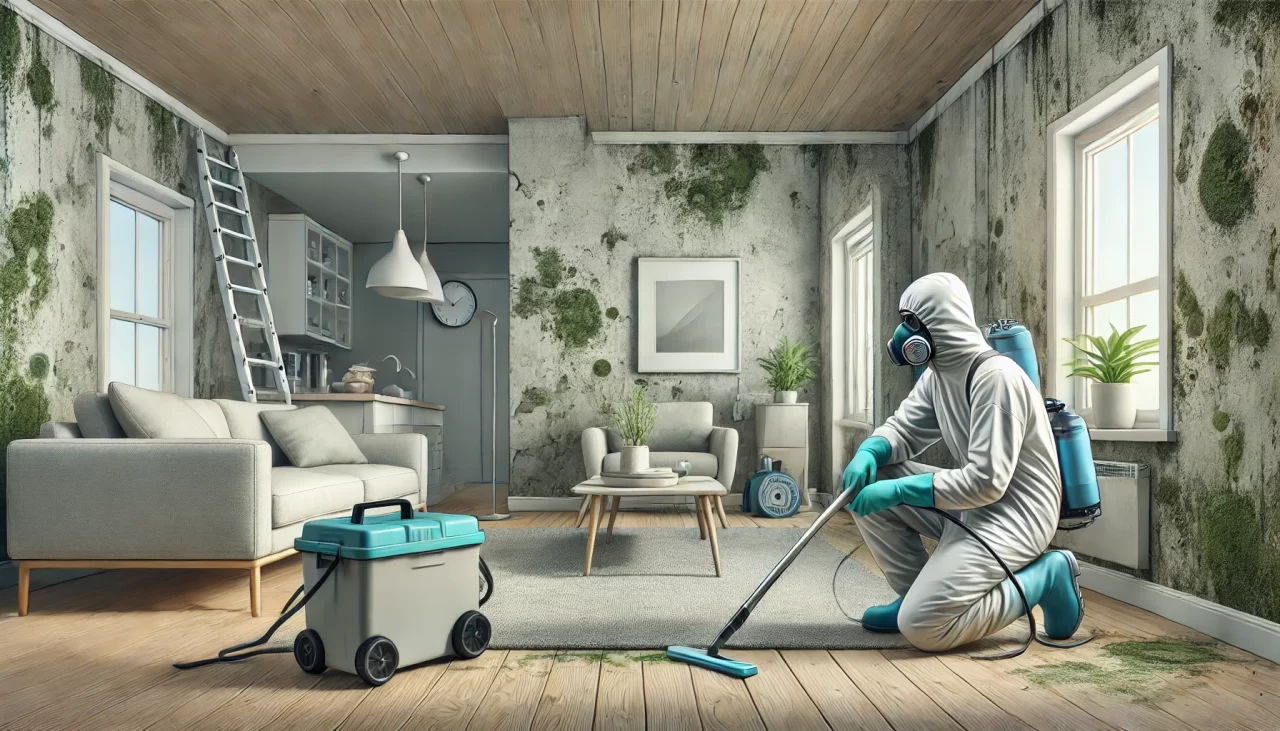Introduction:
- Brief overview of why mold remediation is crucial for maintaining a healthy living environment.
- Mention the potential health risks associated with mold exposure.
Step 1: Identify the Source
- Discuss the importance of identifying the source of moisture that is allowing the mold to grow.
- Tips on how to detect common sources of mold in the home, such as leaking pipes, roof leaks, or high humidity levels.
Step 2: Contain the Mold
- Explain how to prevent the spread of mold during the cleanup process.
- Techniques for sealing off the affected area, including the use of plastic sheeting and tape.
Step 3: Wear Protective Gear
- Outline the essential safety gear required to safely remove mold, such as gloves, goggles, and N95 masks.
- Emphasize the importance of protecting oneself from mold spores during remediation.
Step 4: Remove the Mold
- Detail the methods for removing mold from different surfaces (e.g., hard surfaces, porous materials).
- Discuss the use of mold-killing solutions and the importance of avoiding bleach in certain scenarios.
Step 5: Clean and Dry the Area Thoroughly
- Instructions on how to clean the area thoroughly after mold removal.
- The importance of drying out the area to prevent mold from returning.
Step 6: Dispose of Moldy Materials
- Guidelines on how to properly dispose of mold-infested materials to avoid contaminating other areas.
- Include tips on using sealed bags and disposing of them according to local regulations.
Step 7: Repair and Prevent
- Discuss necessary repairs to fix the moisture problem permanently.
- Tips on preventing future mold growth, such as maintaining proper ventilation and humidity levels.
Conclusion:
- Recap the importance of prompt and effective mold remediation.
- Encourage readers to seek professional help if the mold infestation is extensive or if they are unsure of handling it themselves.

